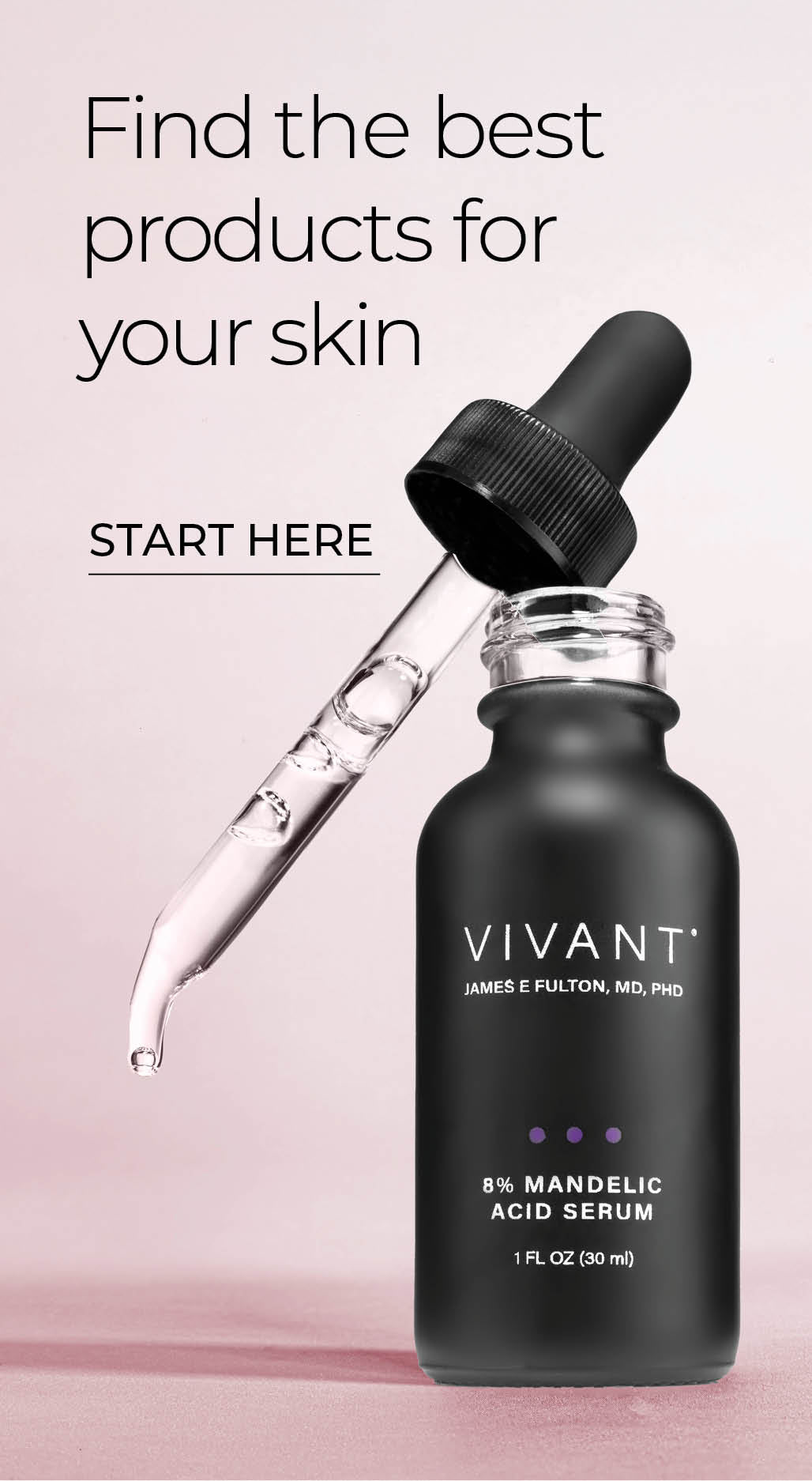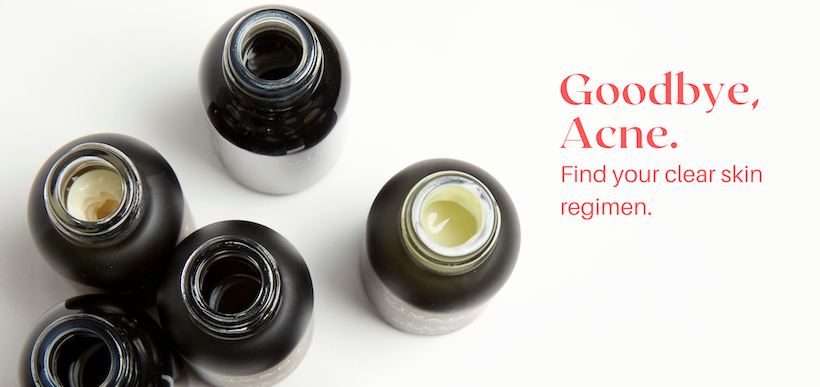Why Do Dark Spots Get Darker Before They Get Lighter?
In This Blog:
You’ve been faithfully sticking to your brightening regimen, and yet, the excess pigment you’re targeting appears to be getting darker rather than lighter.
Don’t panic. It’s a natural phenomenon of the brightening process. We’ll explain.
There are more triggers for pigment production than there are pathways for its elimination. Over time, this leads to an accumulation of melanin in the skin that appears as dark spots or patches on the surface.

Progression over three months of treatment.
Can Treatment Make Dark Spots Temporarily Darker?
Yes. Treatments with Actives accelerate cell turnover, pulling pigmented cells to the surface at a faster rate. This increases the concentration of melanin in the epidermis, which can create a temporary darkening of the spots. The darkening means the pigment is coming up and is ready to be shed away.
You might be tempted at this point to over-exfoliate in an attempt to speed up the process even more. Don’t. Harsh chemicals or excessive scrubbing can create irritation, which will trigger more inflammation and make dark spots darker.
Some gentle physical exfoliation in the form of a mild scrub will boost help to lift dead skin cells. Vivant’s Mandelic Acid Exfoliating Cleanser is an excellent choice for its melanin-inhibiting, non-irritating properties combined with smooth, biodegradable microbeads. Be sure to continue with your regular brightening regimen with the addition of Mandelic Acid.
The Essential Skin Brightening Ingredient: Mandelic Acid
Mandelic acid is a natural brightener that works both at the cellular level and on the surface. As a tyrosinase inhibitor, mandelic acid blocks the enzyme that stimulates melanin production to keep excess pigment from making it to the surface. As an accelerator of cell turnover, mandelic acid disperses existing pigment through the process of exfoliation. Mandelic acid is ideal for dark skin tones prone to hyperpigmentation because of its gentle, non-triggering action.
Mandelic acid targets dark spots at the cellular and surface level as both a micro-exfoliator and melanin-inhibitor.
Mandelic Acid is safe for melanin-rich darker skin tones prone to hyperpigmentation and dark spots.
Mandelic Acid is ideal for targeting stubborn discoloration, dark marks left by acne, and age spots.
Mandelic Acid is pregnancy and nursing safe.
"Best Combination to Actually Fade Dark Marks"
Mandelic Acid and Dark Spots FAQs
What triggers hyperpigmentation and dark spots?
Any trauma to the skin, including UV and chemical exposure, heat, cuts, bruises, irritation, hair removal, and acne, can cause the inflammation that triggers the skin’s protective melanin response (hyperpigmentation).
Hormones or genetics are the main triggers for the patches of discoloration known as melasma.
In dark skin tones, the greater concentration of melanin in the skin means hyperpigmentation is more common and takes longer to fade.
How does the skin’s protective melanin response turn into dark spots?
Pigment production begins in the deeper layers of the skin and naturally rises to the surface where it concentrates in dark spots. The skin is constantly regenerating, which means the pigmented cells will naturally slough off. However, pigment tends to form faster than it is shed away and the long it’s left untreated, the more deeply rooted it becomes.



Comments
Thanks a lot for this website .It gave me hope, assurance and strong inspiration.
Well, my melasma /pigmentation got worst again while using all my anti melasma product with consistency for 8 weeks, but due to your website which I came across it kept me going on with my skincare routine
Suddenly, first week of June I saw my skin became brighter indicating that the pigmented dark skin cells which eventually move up from the dermis to the epidermis layer of the skin. I was shocked and surprised. I was not expecting it to happened like that Truly," It gets darker before it gets better".
I had suffered from melasma/ pigmentation for over 27years of my life ,
Now , I look different in my skintone boosting my self esteem as well as confidence.
This is because of you (website) that I came across while finding a correct solution to my skin concern on the internet.
Again , thank you.
Very useful